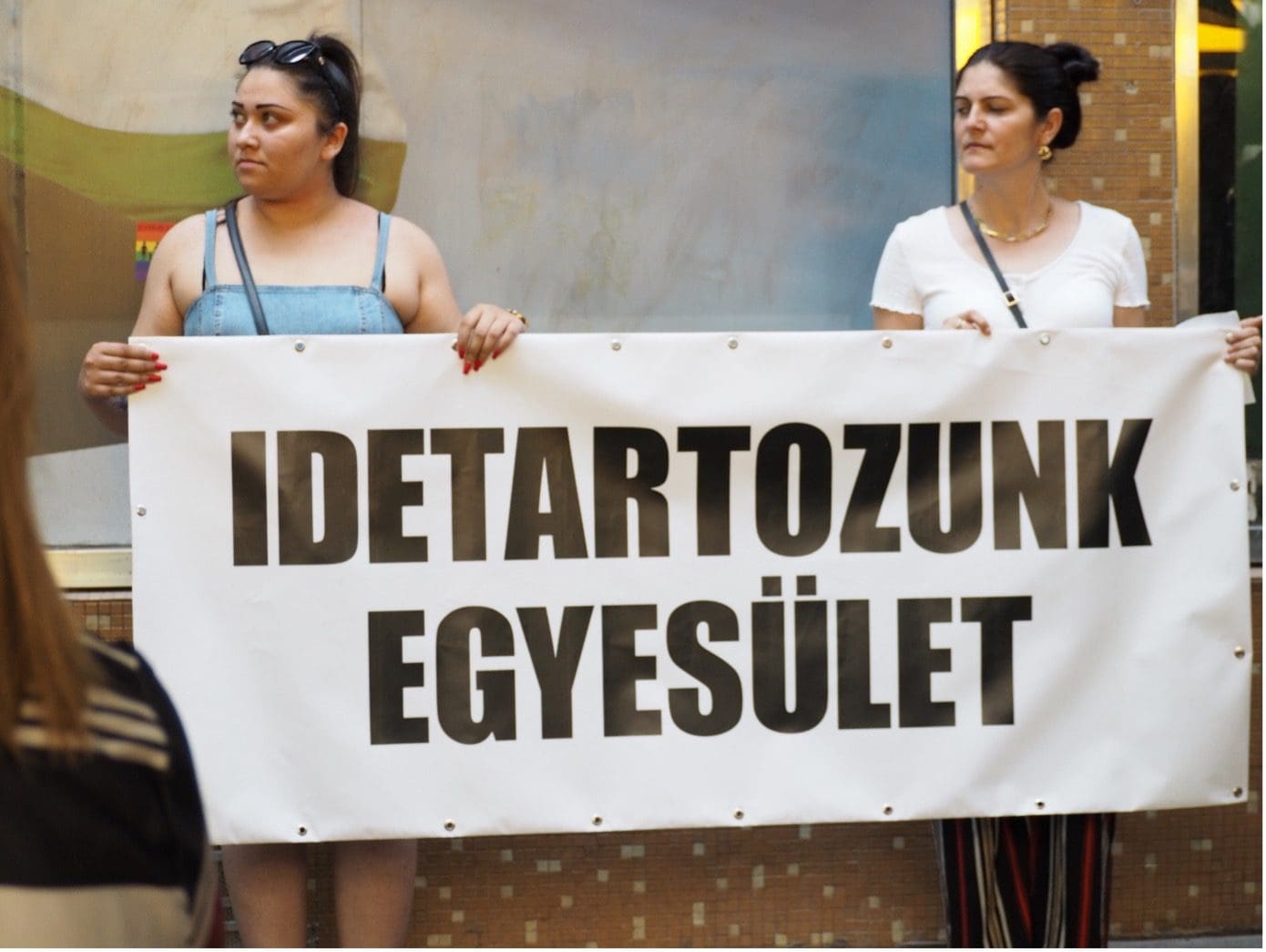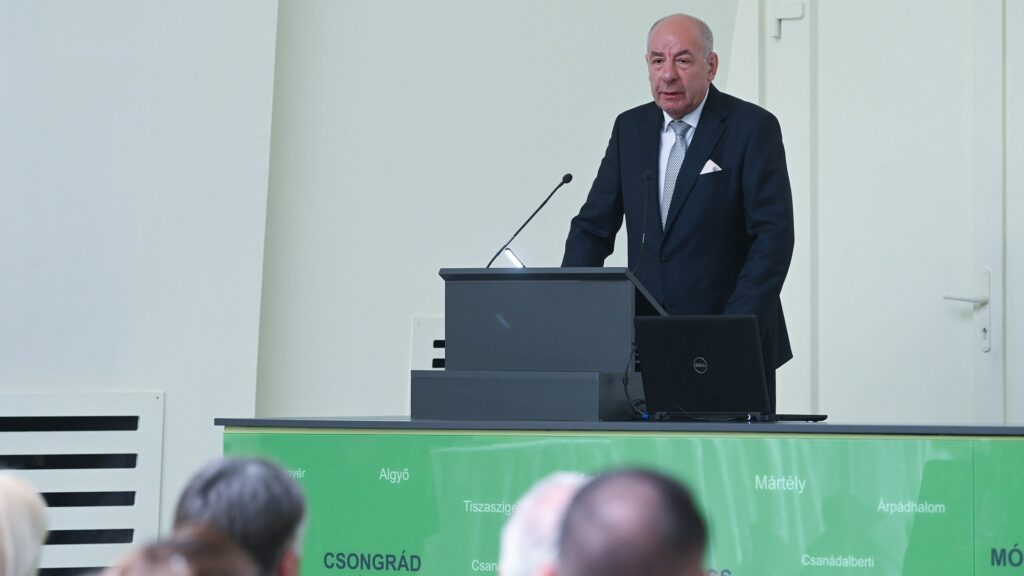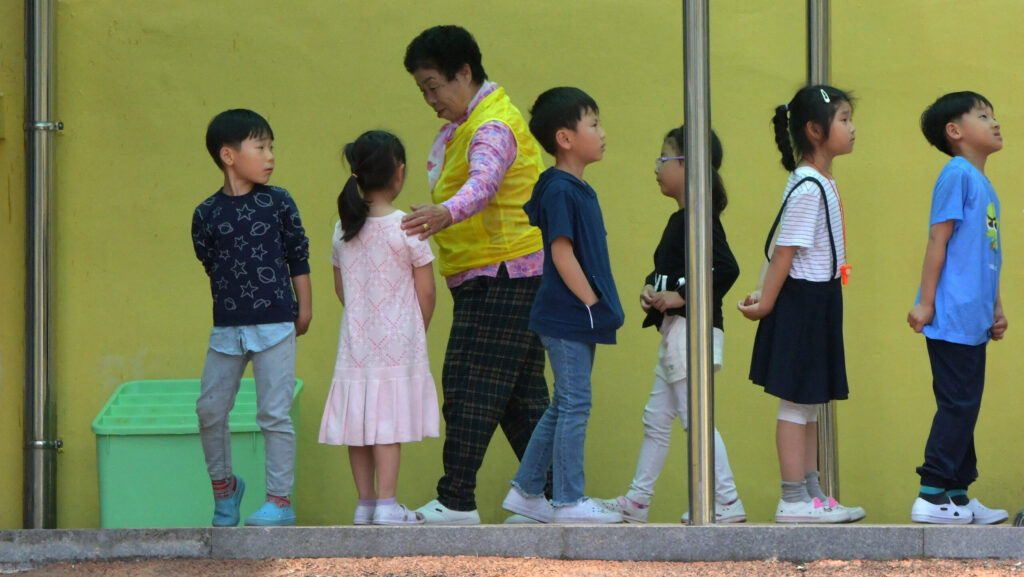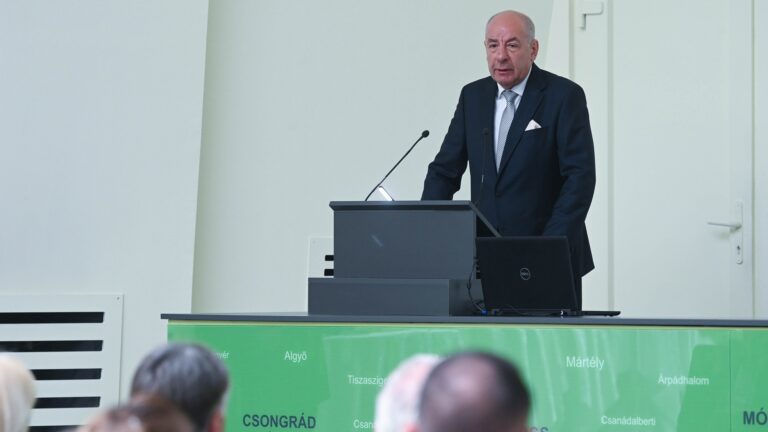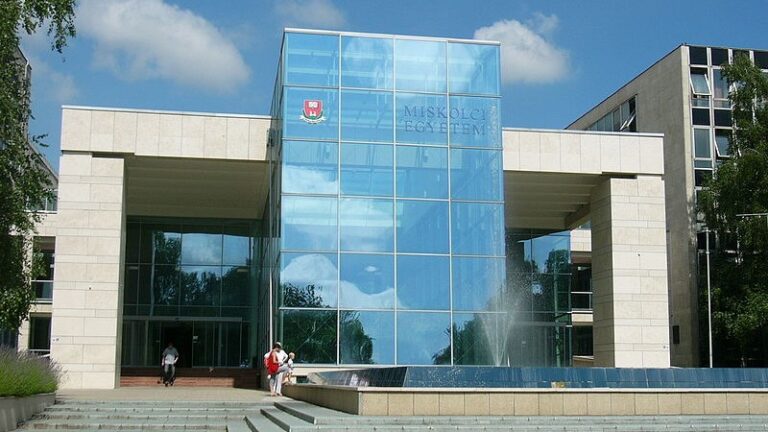The Roma minority in Hungary is the largest recognised nationality in the country. A study done by the University of Debrecen in 2013 estimated their numbers to be around 876 thousand in the country, however, national censuses estimate their presence to be much lower. The discrepancy between the estimates or polls and sociological studies is usually explained by the unwillingness of those belonging to certain ethnic or religious groups to disclose their identity in national surveys. In the 2001 census, 206 thousand people claimed to be part of the Roma minority – ten years later this number climbed up to around 315 thousand, due to a national campaign trying to persuade ethnic minorities to reveal their national and ethnic belonging.[1]
The Hungarian Roma community can be divided into three subgroups, based primarily on the language they speak as their mother tongue. Around 71 per cent of Hungarian Roma speak Hungarian as their first language, they are the ‘Hungarian Roma’ (Romungro). 21 per cent of Roma in Hungary are Vlach Roma or Walachian Roma (oláh cigány in Hungarian), who speak the Vlax dialects of the Romani language. Finally, the Boyash (beás cigányok) constitute around 8 per cent of Hungary’s Roma population, who speak an archaic dialect of the Romanian language with borrowings from other languages.[2]

Roma communities in the country have shared their history with Hungarians since the 14th century. Traditionally, Roma people used to lead a nomadic lifestyle, working as craftsmen (mostly as smiths) or musicians, “roving” around the country, looking for some work to be done from house to house. In the eighteenth century the Habsburg establishment attempted to settle down Roma communities by force. While the policy had some moderate achievements, it was a painful process for the Roma population as their children were separated from their families and were sent to schools or other peasant families, in order to assimilate or “re-educate” them.
Travelling Roma communities were left behind in the times of modernisation. With the advent of industrial revolution mass-produced industrial goods became widely available, and as a result, the demand for the merchandise and services traditionally provided by Roma fell dramatically. Deprived of their earning, the Roma population was further hit by the laws of the interwar period which prohibited doing only temporary work while roving around the country. The resulting high unemployment and impoverishment of the Roma population led to societal conflicts and tensions. The mid-1940s saw the most tragic period of Roma history, the Pharimos, or in other words the “Roma Holocaust”. The massacre resulted in the death of around 30–70 thousand Hungarian Roman men, women and children, who perished in Nazi death camps.
The state socialist regime perceived the question of Roma discrimination and relative impoverishment only as a social problem and not as an ethnic question
The state socialist regime perceived the question of Roma discrimination and relative impoverishment only as a social problem and not as an ethnic question. Having been left out of the land reform entirely, during the early state socialist regime most Roma started to work in large factories and various other industrial sectors such as construction. In the 1960s, the state socialist establishment attempted to abolish segregated Roma settlements (cigánytelepek)[3] altogether, and gave the Roma cheap loans, which enabled them to buy (usually low quality) housing in villages. Partly due to the prejudices and discrimination, and partly to conflicting lifestyles and poverty-induced crime, some of the villages where large number of Roma settled were gradually abandoned by the ethnically Hungarian population, which led to self-segregation.[4] As being unemployed for a period longer than six months was punishable with prison under the regime, Roma men were required to commute large distances to industrial centres for work. This, among other consequences, resulted in fatherlessness in Roma communities. While with these policies the state socialist establishment did manage to achieve the close to universal employment of the Roma population, the regime failed to recognise that the majority of Roma people ended up in low-skill workplaces, with below average incomes education levels.[5]
The social dynamics set into motion under state socialism continues to have a lingering negative impact even today. Around 55 per cent of the Hungarian Roma live in villages or towns with a population of less than 50 thousand people. The proportion of Roma living in the North-Eastern part of Hungary is especially high.[6] This part of the country is the most impoverished one, with the highest level of unemployment. During the transition period following the system change, the Roma population was again left behind. Low-skill workers found it harder to adopt to free market conditions, so unemployment was both larger and lasted for longer among Roma then among the general population. These negative social dynamics led to a growing divide between the Roma population and the majority society. In Hungary there are 1633 isolated Roma micro-communities in 823 villages or small towns, as well as within ten districts of Budapest.[7]Between 2008 and 2018, the number of schools where more than half of the students were Roma increased from 275 to 369..[8]
[1] Növekedés.hu, ‘Hány roma él majd Magyarországon 40 év múlva?’, Novekedes.hu, (2 November 2021), https://novekedes.hu/elemzesek/hany-roma-el-majd-magyarorszagon-40-ev-mulva, accessed 12 April 2022.
[2] Közigazgatási és Igazságügyi Minisztérium, ‘Magyarországi romák,’ EmberiJogok.Kormany.hu,https://emberijogok.kormany.hu/magyarorszagi-romak, accessed 12 April 2022.
[3] Mezey Barna, ‘A magyarországi cigányok rövid története,’ Sulinet.hu, https://www.sulinet.hu/oroksegtar/data/magyarorszagi_nemzetisegek/romak/tanulmanyok_a_ciganysag_helyzete/pages/006_a_magyarorszagi_ciganyok.htm, accessed 12 April 2022.
[4] ‘Magyarországi romák’
[5] ‘A magyarországi cigányság története,’ NKP.hu, https://www.nkp.hu/tankonyv/irodalom_8/raadas_03, accessed 12 April 2022.
[6] ‘Hány roma él majd Magyarországon 40 év múlva?,’ 2021.
[7] ‘Magyarországi romák’
[8] ‘Hány roma él majd Magyarországon 40 év múlva?,’ 2021.

